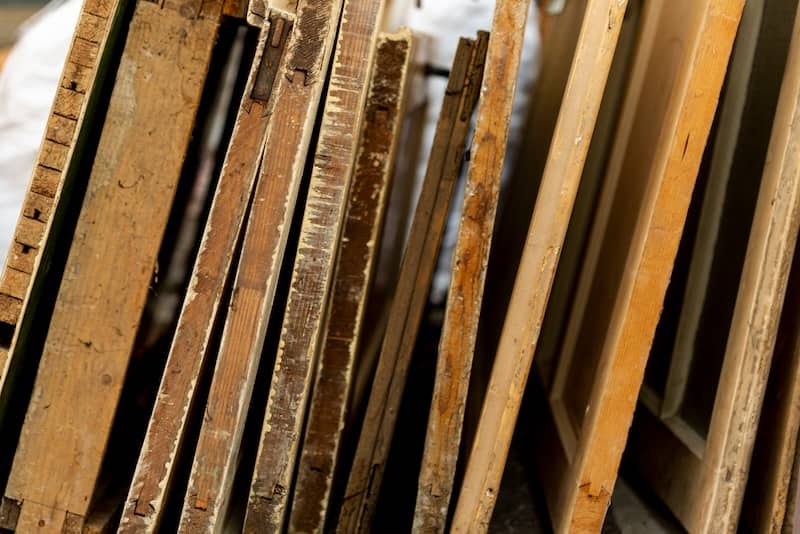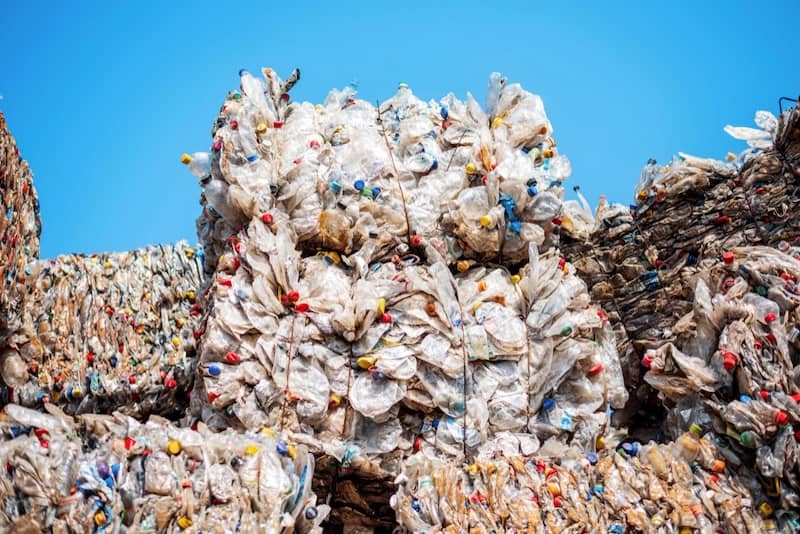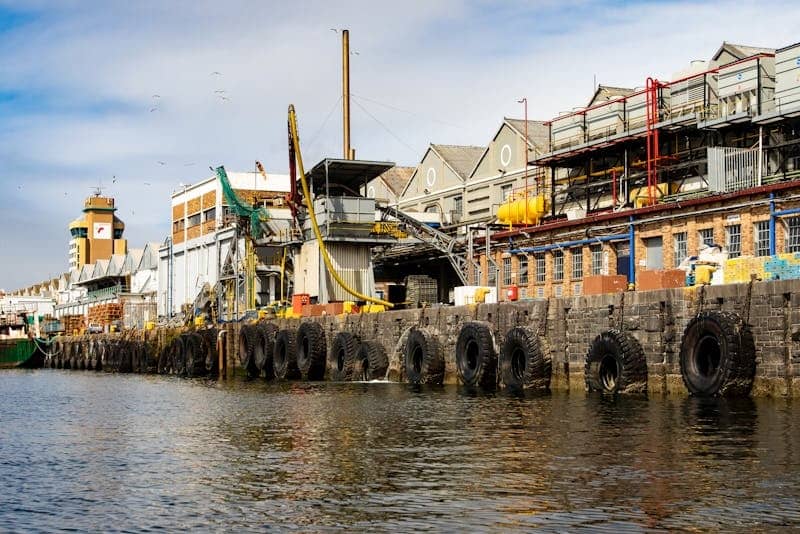In 1972, Broward Artificial Reef Inc. (BARINC) suggested a solution to the growing used tire problem piling up in Florida. With no way to recycle the rubber, illegal dumping became a problem. The stacks of tires served as a breeding ground for mosquitos and sometimes caught fire, sending billowing toxic fumes into the air.
BARINC proposed to construct an artificial coral reef off the coast of Fort Lauderdale, Florida using these tires as a structure on which coral could grow. The hope was that more coral growth would attract game fish for fisherman with the added benefit that it would also take care of the rubber waste problem and clean up the over 2 million discarded tires.
Building the Reef
With a stamp of approval from the Army Corps of Engineers and the Broward County Government, plans moved forward. Similar reefs already existed in other parts of the world. Malaysia, Africa, Indonesia, Australia, and several east coast states in the U.S. had already built artificial tire reefs. Hundreds of individuals with boats stepped in to help with the project. The Goodyear Tire and Rubber Company assisted, too, providing critical equipment for the operation.
BARINC placed concrete jacks on the ocean floor in a 50-foot diameter circle to lay the foundation for the reef. Tires, bound together in bundles using nylon ties or steel clips, were dropped on top of the jacks. Goodyear even brought in their famous blimp to drop a gold-colored tire at the site where the new reef would reside. At the completion of the project, 2 million tires lay on the ocean floor about 7,000 feet offshore and 65 feet below sea level.
Environmental Tragedy
Unfortunately, it didn’t take long before problems with the reef began to surface. While most of the tires were bound together before dropping them in the ocean, others were not. Some were disposed of loosely either during the project or after its completion by passing boaters, who were legally allowed to discard used tires at the site.
Additionally, the steel clips used to bind the tires quickly eroded in the saltwater. With nothing to hold them together, the tires were free to move about with the currents. This movement destroyed what life had taken hold in the reef and prevented further growth.
Many tires were pushed up against natural reefs in the nearby Florida Reef Tract killing coral and driving away fish. Tropical storms and hurricanes, which frequent the region, further stirred up the tires, which weighed a mere two pounds apiece in the water. Hurricane Opal in 1995 washed nearly 1,000 tires onshore in the Florida panhandle. Three years later, Hurricane Bonnie washed tens of thousands of tires up on the North Carolina shore.
The Clean-Up Effort
It was clear that not only were these artificial reefs failing, but that they were an environmental hazard that needed addressing. In 2001, Dr. Robin Sherman at Nova Southeastern University in Davie, Florida was the first to organize a clean-up effort at the Osborne Reef site. She received $30,000 in grant money from The National Oceanic and Atmospheric Administration (NOAA). Unfortunately, only 1700 tires were removed from the site at an astonishing cost of $17 per tire. At that rate, the price of cleaning up the site would be too high for any local or state government or organization to pay. Lack of funding and a feasible plan led to years of inaction.
The project began to gain traction again in 2007 when Broward County officials reached out to the military for help. The Innovative Readiness Training (IRT) program seemed like a perfect fit. The IRT engages in projects that both help to train military personnel and address civil needs on American soil. Removing the tires from the bottom of the ocean would both provide useful training in underwater salvage for U.S. military divers and clean up the environmental disaster that Osborne Reef had become.
Best of all, this mutually beneficial arrangement would not cost the state of Florida the $30 million that they expected to have to pay for the job. Instead, the military provided divers to work free of charge. The Florida government only had to pay $2 million dollars—the cost to transport the recovered tires to a recycling plant in Georgia. There they would be ground up to make tire derived fuel for use in a paper mill.
Coordinated by Coastal America, divers from the Navy, Army, and Coast Guard based in Dania Beach, Florida began efforts to remove as many tires as possible in the summer of 2007. Working in teams of two, divers strung tires together into bundles using wire rope. These large bundles were brought to the surface using 2 ton lift bags. Lift bags, often used in diving, have an innate buoyancy to bring divers and equipment up to the water’s surface. Army ships waiting at the surface picked up the lift bags and transferred the tires to trailers bound for Port Everglades.
During the first month of the project, 44,000 tires were pulled from Osborne Reef, which had spread to cover more than 35 acres of the ocean floor. By the end of 2009, the total number of tires recovered exceeded 70,000.
Recognition
This environmental project was the result of cooperation and collaboration of people and organizations at every level of government, from Florida’s Department of Environmental Protection and the Broward County Government to the National Oceanic and Atmospheric Administration and multiple branches of the U.S. military to the Executive Office of the President and the EPA.
In 2009, U.S. Army Captain Russell Destremps and his 86th Engineer Dive Team were presented with the 2008 Coastal America Partnership Award for their work in cleaning up the Osborne Reef site. This award recognizes partnerships that make a significant contribution in efforts to protect the coastal and marine environments of the United States. Captain Destremps and his corps also received a letter from President Barack Obama thanking them for protecting the American people at home and abroad.
What We Learned
This experience provided powerful evidence of the damage that recycled tires can do to the environment. In doing so, it helped build support for innovations such as tire shredding machinery that could take large quantities of tire rubber and turn it into reusable materials. Today ECO Green is proud to be part of that effort by building tire shredding equipment that works quickly and efficiently to turn used tires into useful parts of everyday society.




